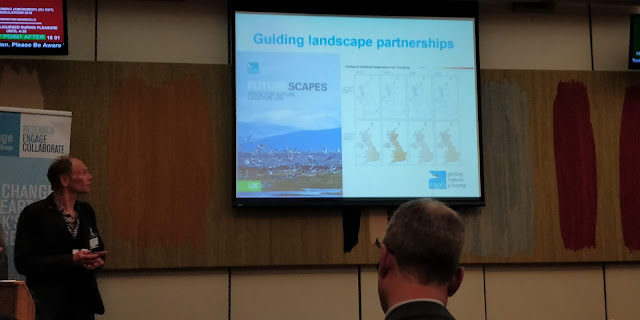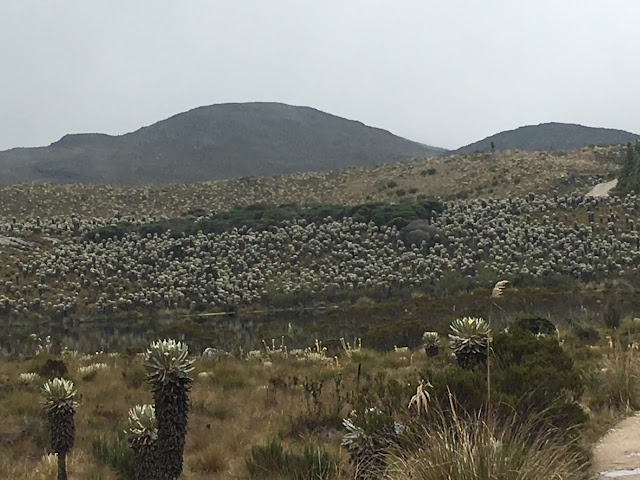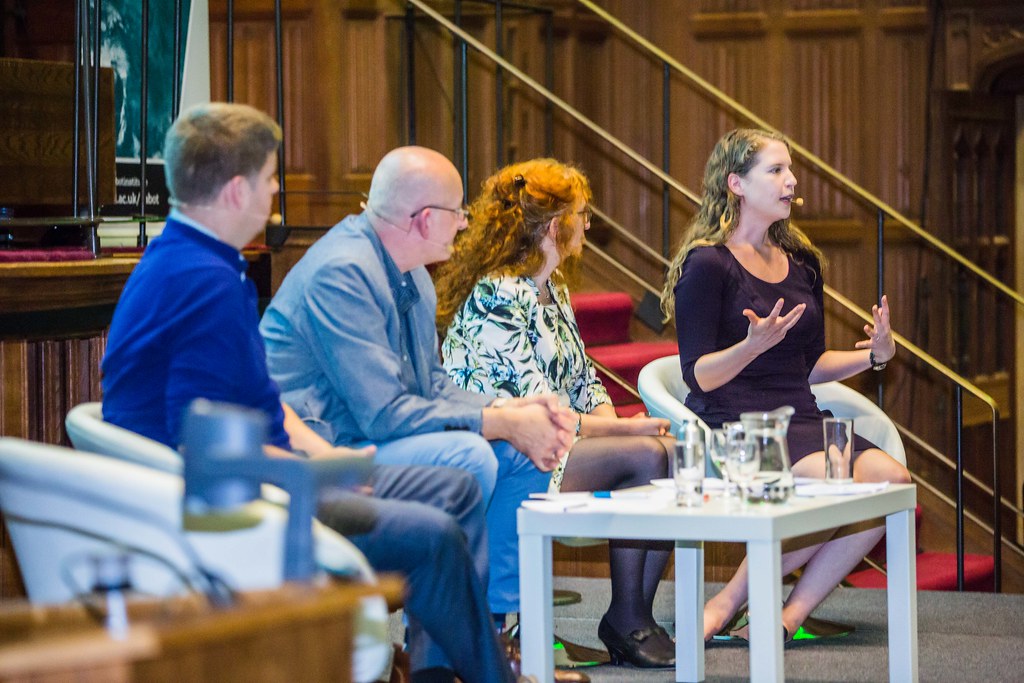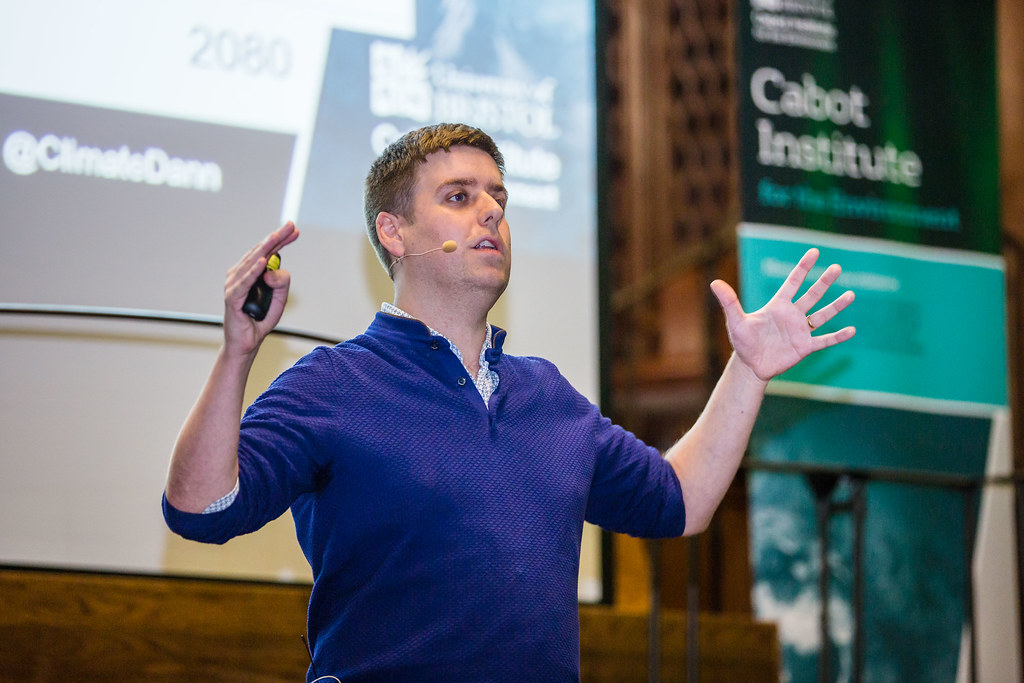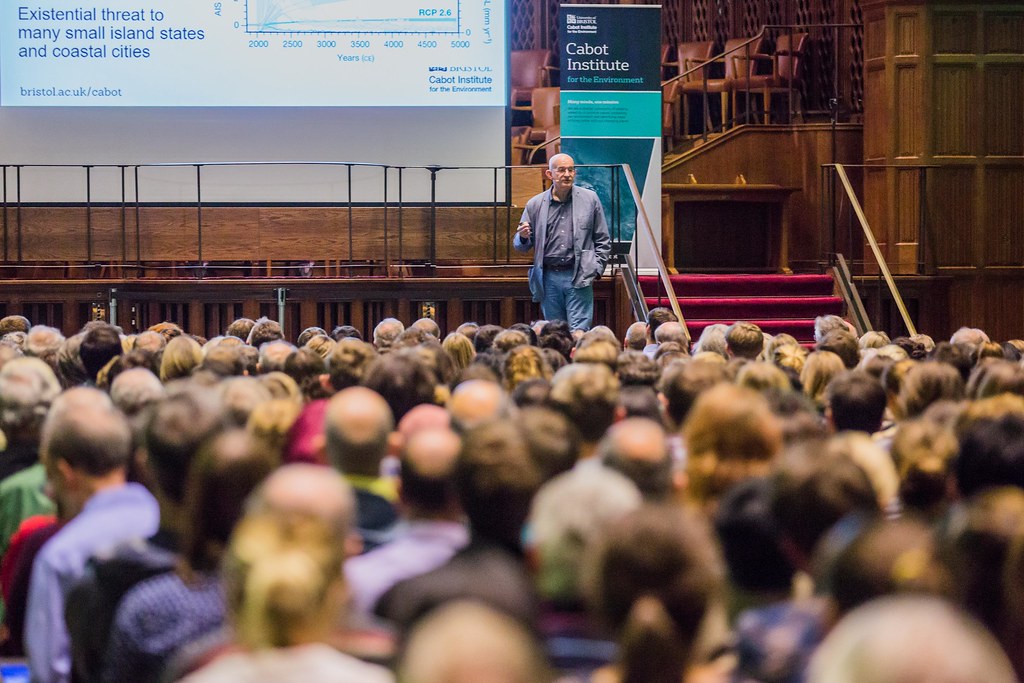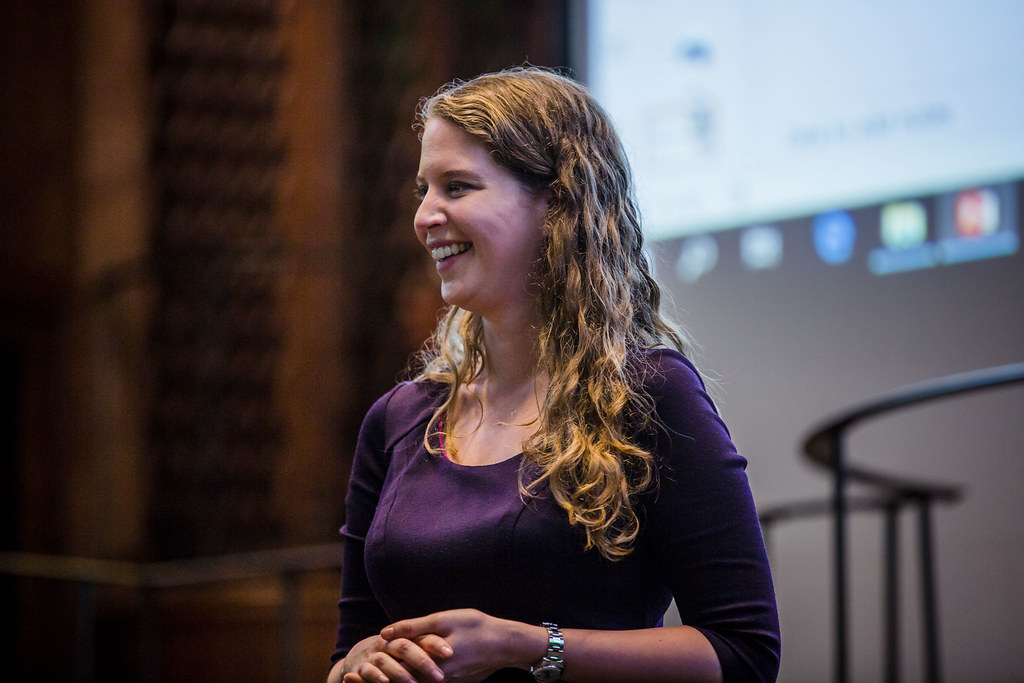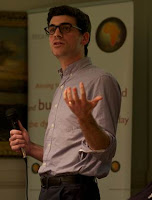 |
| Image credit: Senate Democrats. |
On the 8th July, parliamentarians, researchers and practitioners gathered in the House of Commons to discuss and debate the possibilities and practicalities of a Green New Deal in the UK. Drawing on insights and experience from both the UK and the USA, speakers included Caroline Lucas MP, James Heappey MP, John Podesta of the Center for American Progress, and Hannah Martin of Green New Deal UK.
The Green New Deal is a policy concept that asserts the need for wholesale, sustained and state-led economic investment to address the challenges of climate breakdown. Whilst it may often feel that these demands for a Green New Deal have come out of the blue, its entrance into the language of environmentalism can be found in 2007, when those concerned with climate breakdown and environmental problems argued that policies centred on improving the environment had important social consequences also.
2019 is, in many ways, the year where environmentalism has taken a radical step into the popular consciousness. Greta Thunberg, the School Strike for Climate and Extinction Rebellion have all occupied streets and seized the news cycle, raising awareness of (and anger at) the climate emergency.
.jpg) |
| Image source: Wikimedia Commons |
The result? MP’s have declared a climate emergency, the Committee on climate breakdown calling for ‘net zero’ emissions, and public concern for the environment is at a record high. It is this new and rising awareness that frees up space for a new, wide-ranging policy mechanism like the Green New Deal to take the stage and gain traction.
Adopting the language of President Franklin Delano Roosevelt’s policy response to the Great Depression, the Green New Deal has picked up the most traction in the USA, where Alexandra Ocasio-Cortez and the Sunrise Movement have spearheaded a growing movement around this idea, that soon took form in a Congressional Bill and a vision published by New Consensus. Several candidates for the Democrat nominee for President have announced Green New Deal-style policies.
A common criticism of the Green New Deal – evident in the parliamentary discussions – was that it can often take an “overly-ideological” flavour that isolates voters, constituencies and potential supporters. As the partisan-divisions around climate breakdown in the United States show, for a policy as wide-ranging as this to be accepted, it must have a base in cross-party support.
As the Gilets Jaunes in France have demonstrated, to forget the economic costs that environmental policy can impose on those who are already struggling can have profound consequences. Whilst we – as environmentalists – may often be focused on the ‘end of the world’, billions across the globe are, instead, worried about making it to the end of the month.
 |
| Image source: Wikimedia Commons |
This is, in many ways, an issue of branding. The key to understanding the Green New Deal is that it is synergistic – its policies simultaneously address environmental AND social issues. New policies of land ownership and use can be adapted to promote cooperative management, worker ownership and land justice. The wholesale fitting of solar energy panels to homes will also address issues of energy poverty. The application of a frequent flyer levy, taxing people based on how often they fly, will, in turn, represent a fairer system of taxing air travel than the current Air Passenger Duty.
Central under the current calls for a Green New Deal is the call for a global investment of 1.5 to 2.5% of global GDP in environmental policies per year. Available policies include targeted tax incentives and subsidies, land reform, transport electrification, green skills training, the expansion of carbon pricing and the rapid construction of renewable energy infrastructure. Green quantitative easing will also allow for the rapid influx of financial investment into communities, allowing for community-led sustainability projects.
These policies will function as powerful job-creators, with significant gains in employment numbers when compared to the relative numbers of those employed within a continued fossil fuel economy. Furthermore, rather than representing financial costs to be spent and lost, they represent an investment – with the environmental and social benefits of these policies leading to far greater economic returns.
Key, however, is where in the UK these policies will be implemented. Introducing low-carbon public transport will only go part of the way to addressing issues at the national level. Now is the time to implement these policies at the towns and places already left behind by rapid deindustrialisation – the Scunthorpes, the Welsh Valleys, the lost seaside towns. Already suffering from industrial decline, these sites must provide the sites of a new decarbonised economy of green investment.
The week before the parliamentary meeting, Common Wealth set out the numerous forms a Green New Deal can take in the post-Brexit UK. It is highly likely that more will follow, with the New Economics Foundation and Greenpeace both putting their own visions together.
For these policies to be successful, it must be accompanied by a strong policy steer from both Parliament and the UK Government. In calling for such expansive investment (likened to “three Marshall Plans and one Apollo moon landing” by Clive Lewis MP, the Labour spokesperson for the Treasury), it is essential that the plan moves beyond mere decarbonisation and towards a holistic approach to mitigating the climate breakdown and our role within it. For too long environmental policy has spoken of what is politically feasible, not what is scientifically urgent. Now is the time for that to change.
————————————
This blog is written by Cabot Institute member Dr Ed Atkins, Teaching Fellow, School of Geographical Sciences, University of Bristol.
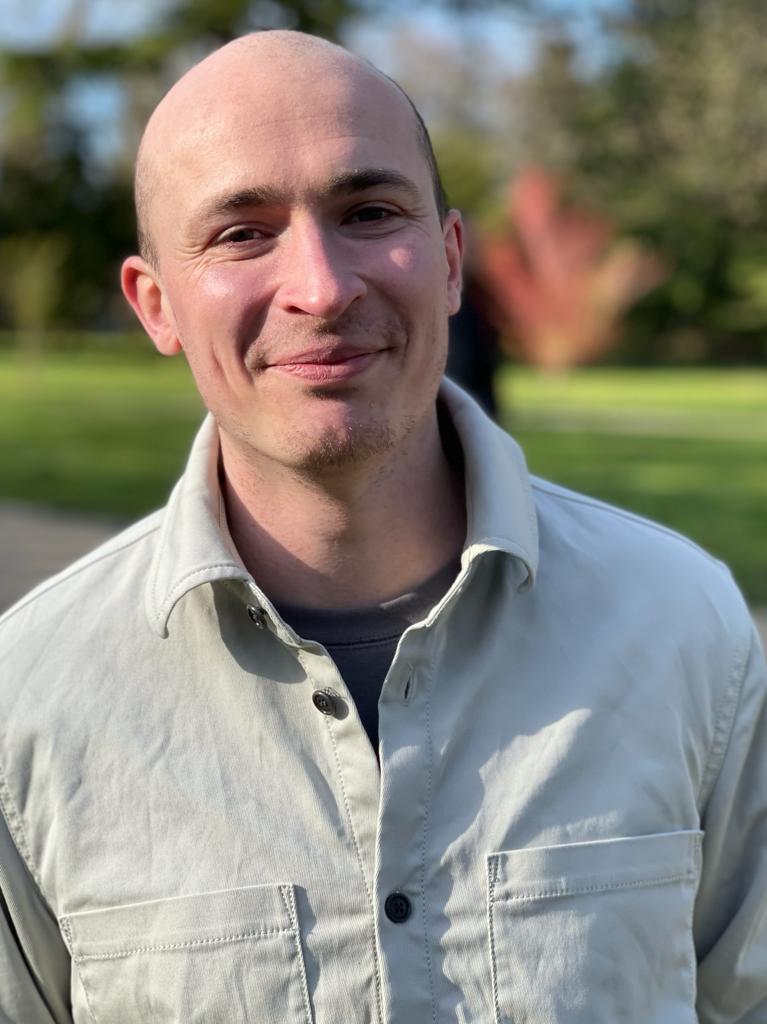 |
| Dr Ed Atkins |








